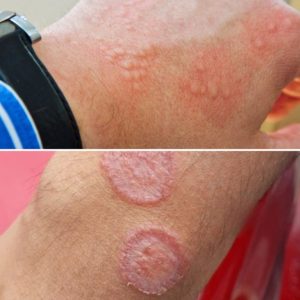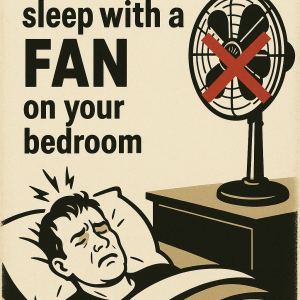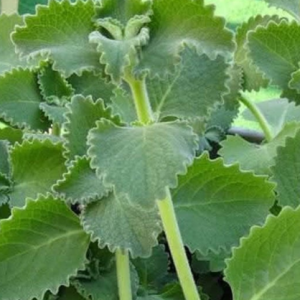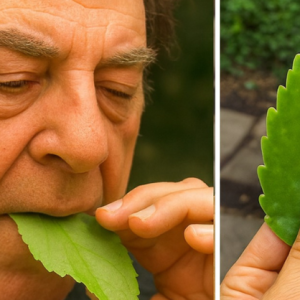

The use of chemical products such as bleach to remove grease and limescale often does not yield the desired results.
Grease and Bathroom Limescale: How to Remove Them
Grease and limescale can be two real enemies for anyone who has trouble cleaning the kitchen and bathroom.
The first is formed due to food residues, condiments, and dirt. It mainly nests in kitchen furniture, but especially in the oven. Limescale, which can cover sanitary ware and taps, on the other hand, is mainly due to the hardness of water that settles upon drying.
Often, to combat these two enemies of household cleaning, we resort to chemical products, sometimes even expensive ones, that promise sparkling cleanliness. However, sometimes, despite having used all the elbow grease we had available, the grease and limescale are still there.
It’s better to save money, then, and use a miraculous paste, made with ingredients that can be easily found in all kitchens. Are you ready to learn how to do it? After having used it, the limescale and grease will be very easy to remove.

How to Make Your Own Cleaning Paste
The paste we’re going to teach you to make will allow you to eliminate not only limescale but also oven grease, kitchen tiles, pots, and pans. You’ll need six tablespoons of any brand of concentrated dish soap. Three tablespoons of powdered bathroom cleaner; three tablespoons of baking soda; one tablespoon of white wine vinegar.
You’ll need a disposable container, even a recycled one, like a plastic ricotta container bought at the supermarket. Wash the container and use it to hold the paste we’re going to make.
In a container, place the three tablespoons of baking soda, followed by three tablespoons of powdered bathroom cleaner. The third step is to add the six tablespoons of concentrated dishwashing liquid. With the help of a wooden spoon, mix the mixture. When the paste seems smooth, add the tablespoon of vinegar.

We transfer the mixture to the container so that we can have it at hand when we need it. By wearing gloves and with the help of a sponge, we can use this paste on the surfaces that need it.
For it to be effective, it is necessary to let it act on the surface for a few minutes and then remove it with a clean cloth and water. Especially on taps rich in limestone, depending on the type of incrustations, leave it to act for a longer time. For more precision, you can also use a toothbrush. Once you try this method, you will never abandon it.




